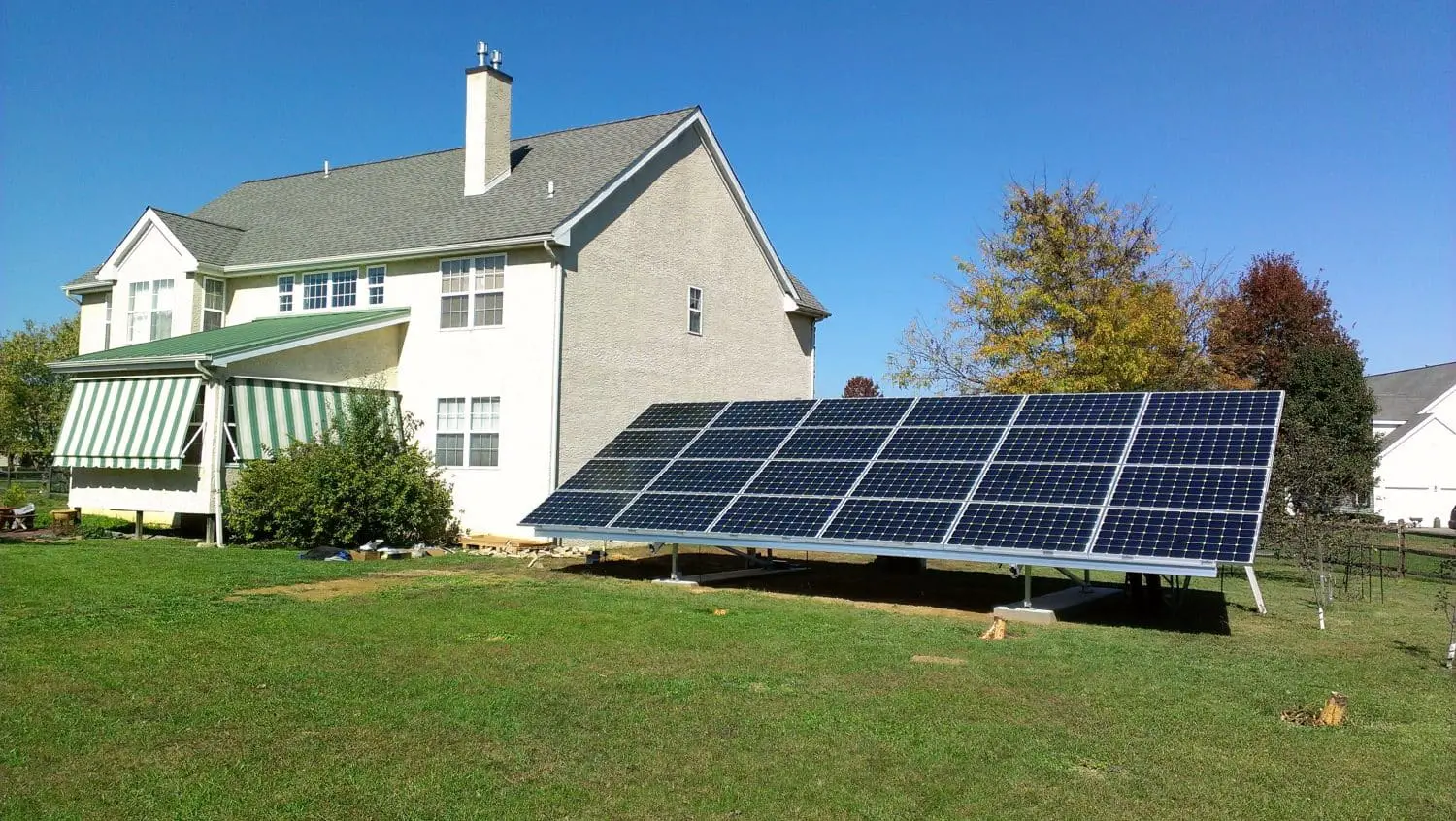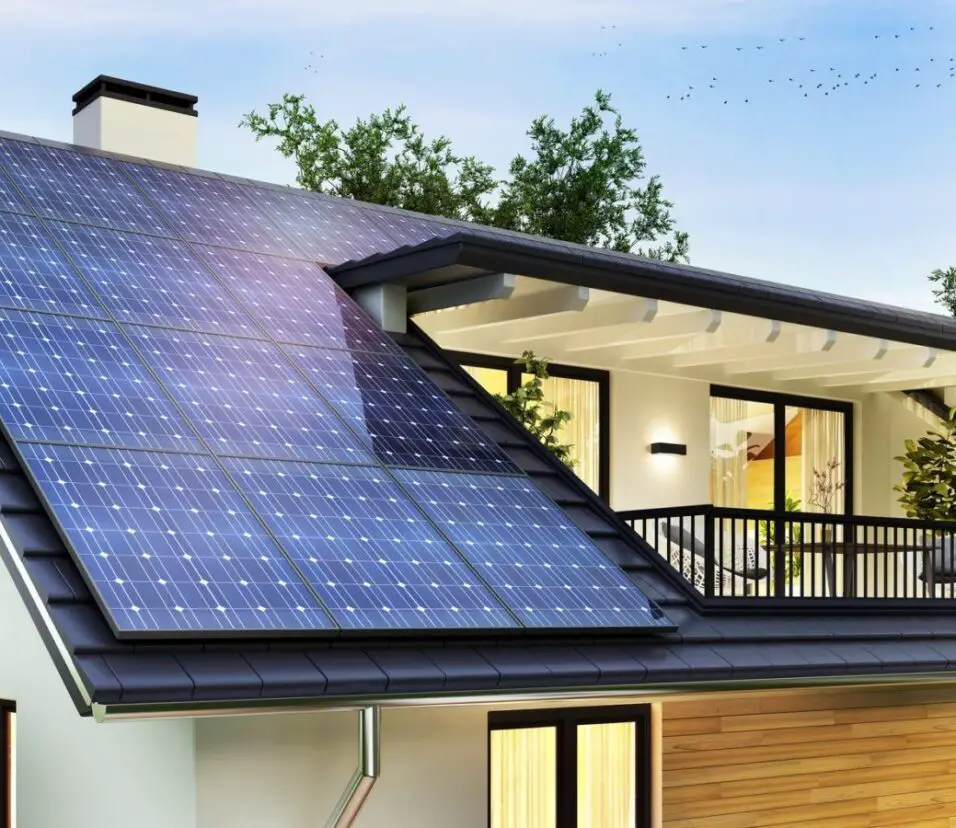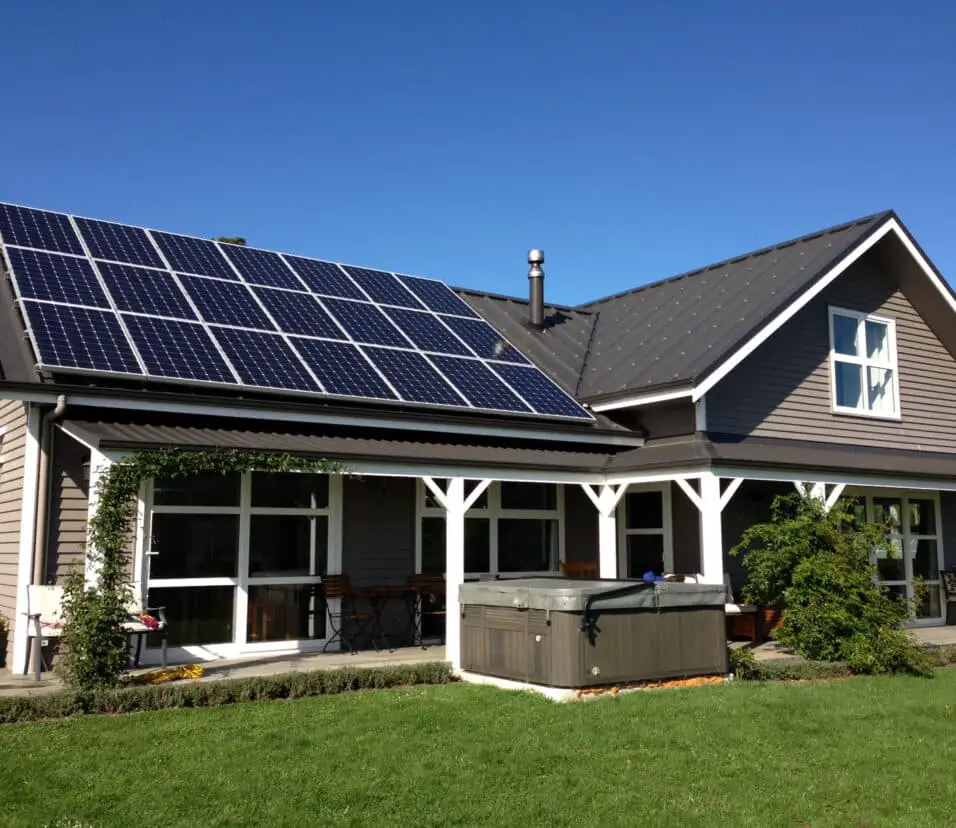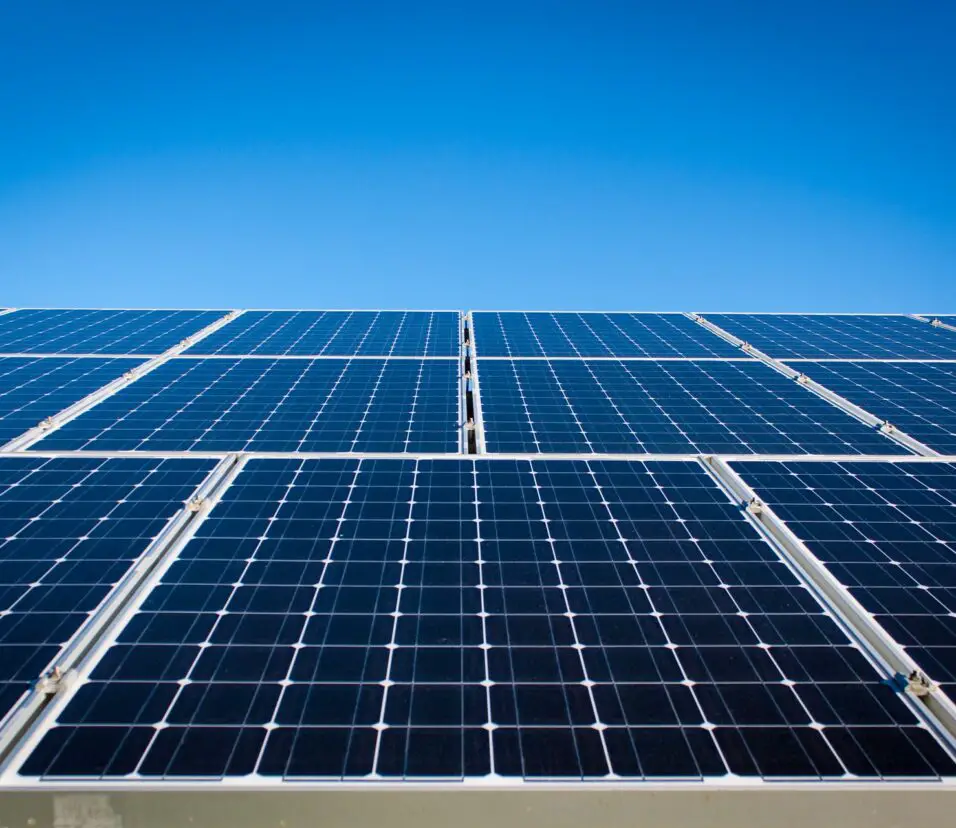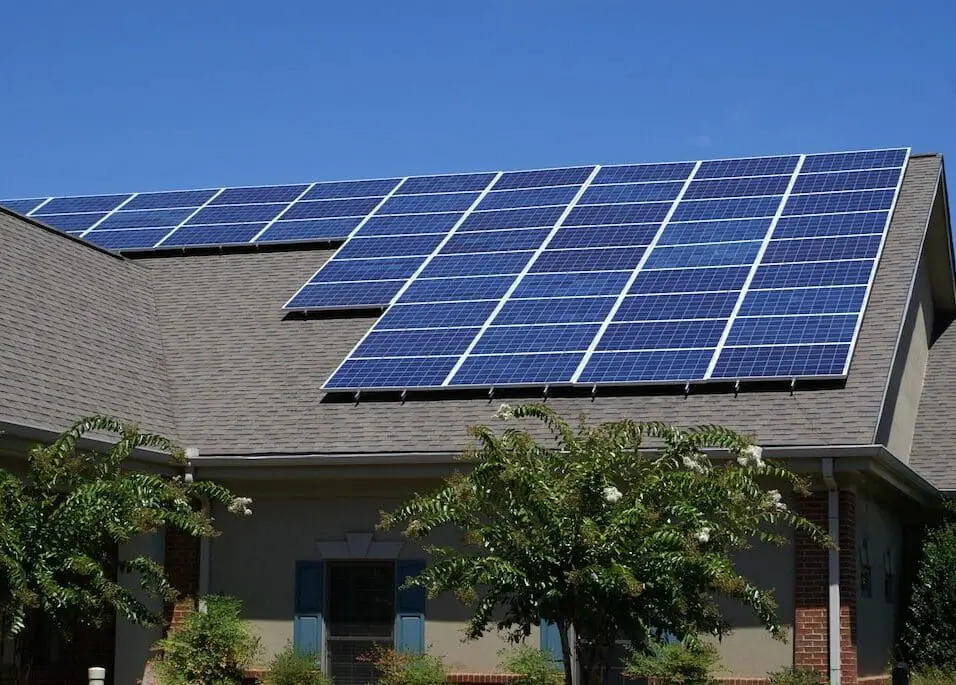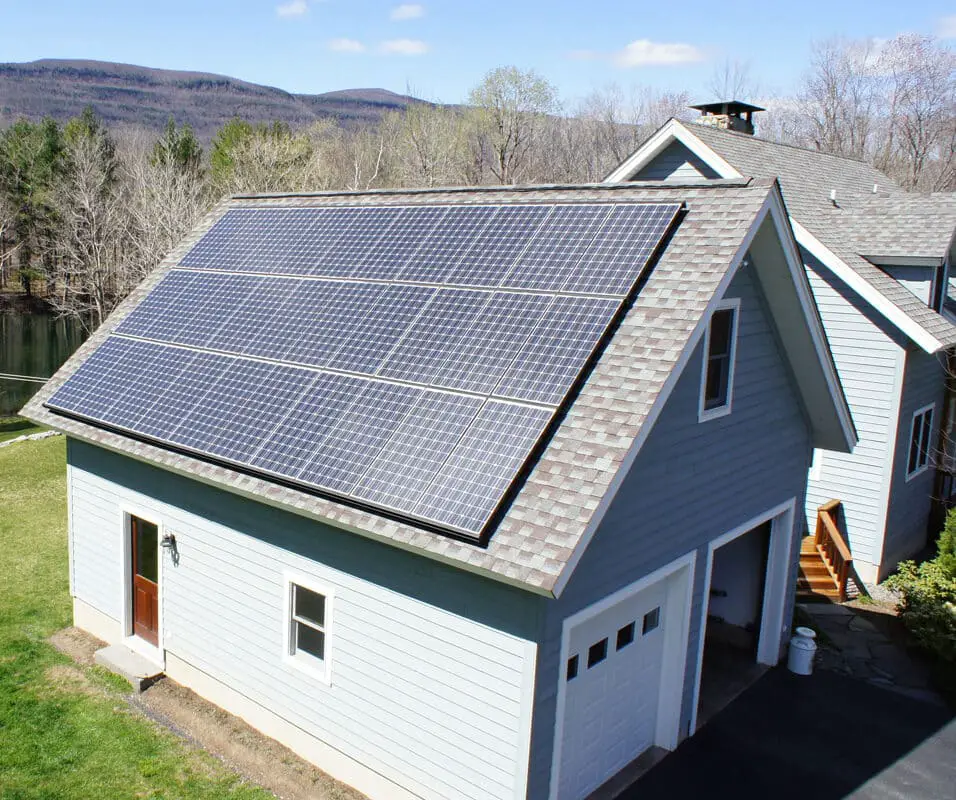How Long Can A House Run On Solar Power Alone
Introduction
How Long Can A House Run On Solar Power Alone: The increasing global concern for sustainable energy solutions has led to a surge in interest in solar power as a viable alternative to traditional energy sources. Harnessing energy from the sun’s rays, solar power offers the promise of clean, renewable electricity without contributing to greenhouse gas emissions or depleting finite natural resources. As solar technology continues to advance, many wonder how long a house can run on solar power alone.
The factors that influence the duration a house can operate solely on small solar energy, exploring the efficiency of solar panels, energy storage solutions, geographic location, energy consumption patterns, and other essential considerations. As we look toward a future where renewable energy sources are paramount, the question of how long a house can function solely on solar power becomes ever more relevant. Embracing the immense power of the sun, solar energy offers a clean and abundant resource that can liberate homeowners from dependence on traditional electricity grids.
However, the answer to this question is far from straightforward, as it hinges on a multitude of interconnected factors. In this comprehensive exploration, we will delve into the intricacies of solar technology, storage capabilities, geographical influences, energy consumption patterns, and the latest innovations propelling solar efficiency. By analyzing these key components, we aim to shed light on the true potential of solar power in realizing a sustainable and self-reliant future for homeowners worldwide.

Can I run my home on solar power only?
Can I Run My Whole House on Solar Energy? With a modern solar energy system, including power storage, you can definitely run a whole house completely on solar power.
Solar power offers numerous advantages, making it an attractive option for powering homes. Firstly, solar energy is renewable and abundant, harnessed from an inexhaustible source, the sun. Utilizing solar power reduces greenhouse gas emissions and helps combat climate change, making it environmentally friendly. Moreover, solar panels are relatively low-maintenance and have a long lifespan, providing decades of clean energy production with minimal upkeep.
The solar potential of a location significantly affects the viability of a solar-powered home. Regions with ample sunlight, such as deserts or sunbelt areas, are more conducive to solar energy generation. However, even regions with less sunshine can still benefit from solar power.
How long can solar panels power a house?
The size of the solar panel system plays a vital role in determining how much electricity it can generate. A larger system with more solar panels can produce more energy and, therefore, power a house for an extended period.
Solar panel efficiency refers to how effectively the panels convert sunlight into electricity. Higher efficiency panels can generate more power with the same amount of sunlight, allowing for greater energy production.
The amount of sunlight a region receives directly impacts a solar panel system’s productivity. Conversely, regions with frequent cloudy or rainy days may experience fluctuations in solar power production.
Can solar power be stored?
One of the most common methods of storing solar power is through battery storage systems. Solar batteries, such as lithium-ion batteries, store excess energy generated by solar panels during sunny periods. These batteries can then discharge stored energy when the demand exceeds the current solar production. During high-demand periods, the compressed air is released to drive turbines and generate electricity. CAES offers large-scale energy storage capabilities and can efficiently store solar power over extended periods.
Can I run my house on a solar battery?
Solar energy can power your home during the day while your battery charges and discharges at night. This can power your home for a long time with enough batteries.
Sun-generated electricity is stored in solar batteries. These batteries store extra energy for nighttime or solar-insufficient use. Homeowners can become energy independent with stored energy.
Solar batteries can increase home energy autonomy. A large solar battery system can power essential appliances and lighting when solar panels aren’t providing power. Energy independence helps amid power outages and system instability.
Solar batteries balance energy supply and demand. During peak demand or low solar output, stored energy powers the home, reducing grid electricity use.
Running a house on solar batteries requires system sizing and energy usage. Homeowners should evaluate their energy use to determine solar panel and battery size. Habits and appliances that save energy can enhance solar battery efficiency.
Which country has most solar power?
China
As of 2021, China generates 4.8%–6% of its electricity from 306,973 megawatts (MW) of solar energy. Japan with 74,191 MW and the US at 95,209 MW follow. China produces most solar power. Government investments, ambitious renewable energy objectives, and a robust solar manufacturing industry make it solar energy leader. China has become a global solar panel manufacturing hub by investing heavily in solar PV systems. National solar energy performance is also attributable to its enormous land area and intense sun irradiation.
US solar power is another global leader. Solar installations have grown in the U.S. due to abundant land, great light conditions in many areas, and environmental consciousness. Federal and state investment tax rebates and renewable portfolio criteria have pushed solar energy countrywide.
Japan efficiently uses solar electricity on limited land. Solar energy adoption has risen nationwide despite its small size. Japan’s Feed-in Tariff (FiT) policy has increased solar investment by guaranteeing predictable power pricing.
Despite unfavorable solar conditions, Germany leads solar energy adoption. Large solar installations have resulted from Germany’s feed-in tariffs and favorable laws.
Do solar panels store energy for night use?
Solar batteries work the night shift to make the most of your panels’ daytime production. Solar panels fill your battery with energy from the sun. So, you have electricity stored for future use. With this stored solar energy, your battery provides power throughout the night.
Solar panels consist of photovoltaic (PV) cells that convert sunlight into electricity through the photovoltaic effect. When sunlight strikes the solar cells, it dislodges electrons, creating an electric current. This direct current (DC) electricity is then converted into alternating current (AC) electricity through an inverter to power household appliances and meet immediate energy needs. However, the energy produced during the day cannot be directly stored for use at night without an intermediary system.
Solar batteries play a crucial role in storing excess solar energy generated during sunny periods for later use, such as during the night or when solar production is low. Solar battery systems are designed to store DC electricity and release it as AC electricity when needed. During periods of peak solar production, when the solar panels generate more energy than the household consumes, the excess electricity is sent to the solar batteries for storage.
The capacity of solar batteries is a critical consideration when planning a solar energy system. The battery capacity determines how much energy can be stored and used during periods of low solar production. Proper sizing of solar batteries involves analyzing the household’s energy consumption patterns, the average amount of energy generated by the solar panels, and the desired level of energy autonomy.
What are the problems associated with use of solar energy?
Solar panels are dependent on sunlight
They won’t produce electricity at night when you need it for light and they can be inefficient during storms and gloomy days. Your solar energy system needs batteries if you plan to fully depend on solar energy to power your home.
One of the primary challenges of solar energy is its intermittent nature. Solar panels generate electricity only during daylight hours when the sun is shining. At night or during cloudy days, solar power production drops significantly, impacting the continuous supply of electricity. To overcome this issue, energy storage systems like solar batteries are used to store excess energy during sunny periods for use during low production periods.
Large-scale solar energy projects require significant land areas for the installation of solar panels. In densely populated areas or regions with limited available land, finding suitable spaces for solar farms can be challenging. Rooftop solar installations on individual homes offer a solution to this problem, as they utilize available roof space.
The manufacturing process of solar panels involves the use of materials like silicon, cadmium, and lead, which can have environmental impacts if not managed properly. Although efforts are underway to develop more eco-friendly materials and recycling programs, the environmental footprint of solar panel production remains a concern.
Storing solar energy for use during non-sunny periods requires efficient and cost-effective energy storage solutions. While technologies like lithium-ion batteries have shown promise, further advancements are needed to increase energy storage capacity, reduce costs, and improve overall efficiency.
How long does a fully charged solar battery last?
If you switch off everything, and only run the essential appliances and keep total usage is 0.5kW, you would be okay to survive for 14 hours or more on a 7.2kWh battery. If you are a heavy user, you’re going to need a large battery such as a Goodwe 24kWh battery to ensure you last 6 hours.
The capacity of a solar battery is measured in kilowatt-hours (kWh) and determines how much energy the battery can store when fully charged. A higher battery capacity translates to more stored energy, which can extend the duration that a fully charged solar battery lasts. The size of the battery should be chosen based on the household’s energy consumption needs and the desired level of energy autonomy.
The energy consumption patterns of a household significantly impact the longevity of a fully charged solar battery. If a home consumes a large amount of electricity during peak hours, the solar battery may deplete more quickly. On the other hand, energy-efficient practices and shifting energy-intensive tasks to times of peak solar production can help extend the battery’s duration.
Weather conditions and the amount of solar energy production directly affect how long a fully charged solar battery lasts. During periods of abundant sunlight, the solar panels generate more energy, allowing the battery to charge quickly and potentially last longer. Conversely, during cloudy or rainy days, the solar production may be reduced, leading to a shorter duration of battery usage.
The depth of discharge refers to the amount of energy drawn from the battery before it is recharged. Solar batteries are designed to function optimally with a specific depth of discharge, typically between 20% to 80%. Avoiding frequent deep discharges and keeping the battery within its recommended depth of discharge can extend its lifespan and overall efficiency.
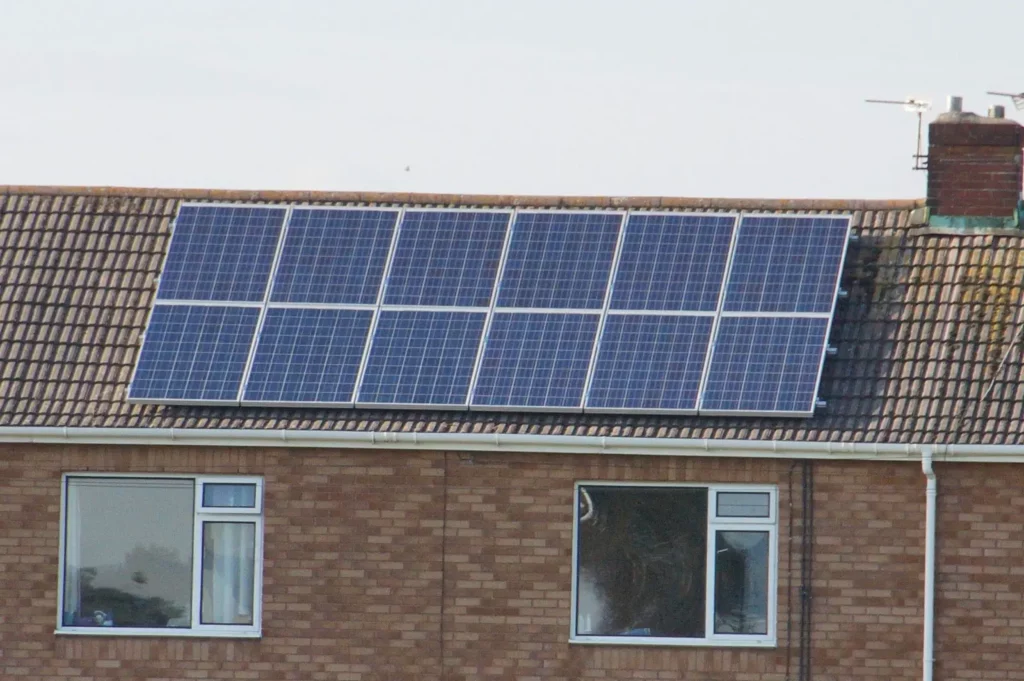
Conclusion
Solar panels, while steadily improving in efficiency, can generate varying amounts of electricity based on geographic location, weather patterns, and positioning. To bridge the gap between energy generation and consumption, energy storage solutions like batteries play a vital role. These storage systems allow houses to harness and utilize excess solar energy during peak sunlight hours, ensuring a continuous power supply even when the sun sets or during overcast days.
Moreover, energy consumption patterns of households significantly impact how long a house can run on solar energy alone. Implementing energy-efficient practices and utilizing energy-hungry appliances judiciously can extend the autonomy of solar-powered homes. While many homes can meet a significant portion of their energy needs with solar power, achieving complete self-sufficiency might require tailored system designs and possibly backup power options to mitigate extended periods of low sunlight or excessive demand.
As solar technology continues to evolve and become more accessible, the potential for homes to rely solely on solar power is poised to grow. Collaborative efforts between governments, industries, and individuals are crucial in promoting solar adoption and accelerating the transition towards renewable energy. The duration a house can run on solar power alone is a dynamic and ever-evolving concept, shaped by technological advancements, geographical location, energy storage solutions, and individual consumption habits.



